February is a great time to start seeds indoors for many different vegetables & foods! Although the climate is different everywhere, most of these are pretty universal no matter where you live! See a few of the plants that are commonly started in February in this blog post below. You can see specific dates for your location using our FREE iOS, Android, and Universal Web App.
If you’ve never tried out these Bio Dome Seed Starting Systems before then you are definitely missing out! We have found them to be very time saving and successful with starting our seeds indoors this season!
Park Seed’s Bio Dome Systems provide the ideal environment for successful germination giving your seeds the best start possible. Seeds are super easy to start, sprout quickly and are ready to transplant so you can start again. Your seeds will receive just as much light, water, heat, and air circulation as they need – because the Bio Dome touts adjustable vents and bottom tray watering design.
Check out the video below to watch us plant some of our February cool season seeds in our Bio Dome!
Broccoli is one of our favorite plants to grow in the spring and fall. Not only are the heads delicious, but the leaves add a wonderful dimension to stir fries and provide a lot of valuable nutrients. You can also plant broccoli directly outdoors, but seeds are generally started indoors and then transplanted so the plant has plenty of time to grow before summer.
Cabbage takes up a lot of space in the garden, but it’s very easy to grow and stores longer than most vegetables. We also like to grow Asian Cabbages, such as Bok Choy. You can also plant cabbage directly outdoors, but seeds are generally started indoors and then transplanted so the plant has plenty of time to grow before summer.
Spinach is a staple of our garden in the spring and fall. We eat it nearly every day when it is in season. It is considered to be one of the healthiest foods you can eat, being high in vitamins K, A, B, and C, iron, calcium, and protein. Spinach can also be planted outdoors in many places as early as February.
Kale is one of the things we grow the most. Its leaves are very nutritious, containing high levels of vitamins A, B, C, and K and large amounts of fiber, potassium, and calcium. Kale can also be planted outdoors in many places as early as February. You can also plant kale directly outdoors, but seeds are generally started indoors and then transplanted so the plant has plenty of time to grow before summer.
Tomatoes are fun to grow and even more fun to eat! The wide usage of tomatoes makes this one of our favorite things to grow in the garden. Bush tomatoes (or determinate tomatoes) only grow to 3 or 4 feet tall, but they bush out and require caging. Vining tomatoes (or indeterminate tomatoes) grow indefinitely until it freezes. Because of this, they require trellising on a tall support structure.
Check out our YouTube video below to watch everything that we are doing to get set up this month for a successful garden this spring!
Learn more about growing over 100 different foods, including how to manage various pests in our FREE iOS, Android, or new Universal Web App!

Carrie Spoonemore, co-founder of “From Seed to Spoon,” stands as a beacon of inspiration for gardeners and health enthusiasts alike. Her journey alongside her husband, Dale Spoonemore, in creating a platform that demystifies gardening and promotes a healthier lifestyle, has made a significant impact on individuals around the globe. Through the “From Seed to Spoon” app, Carrie has dedicated herself to empowering people to take control of their health and environment by growing their own food.
With a profound belief in the power of gardening to improve mental and physical health, Carrie’s contributions to the Seed to Spoon blog reflect her holistic approach to wellness. Her articles often focus on the nutritional benefits of homegrown fruits and vegetables, organic gardening practices, and the mental health benefits of spending time in nature. Carrie’s expertise in health science shines through in her detailed discussions on how specific plants can contribute to a balanced diet and overall well-being.
Carrie’s passion for gardening is deeply intertwined with her commitment to family and community wellness. She frequently shares personal stories of how gardening has brought her family closer together, offering practical tips for involving children in gardening activities and making it a fun, educational experience. Her writing encourages families to explore gardening as a means of spending quality time together while learning about nature and sustainability.
In addition to gardening advice, Carrie’s contributions to the blog include insights into the use of technology to enhance the gardening experience. She has played a crucial role in designing the “From Seed to Spoon” app to be user-friendly, ensuring that users of all ages and backgrounds can navigate the complexities of gardening with ease. Her vision for the app is not just as a gardening tool but as a vehicle for change, inspiring individuals to adopt a more sustainable lifestyle by growing their own food.
Carrie Spoonemore’s presence on the blog is marked by her compassionate approach to teaching and her unwavering belief in the transformative power of gardening. Her work continues to inspire a community of gardeners to pursue a healthier, more sustainable way of living, proving that with the right tools and knowledge, anyone can become a gardener and advocate for their health and the planet.


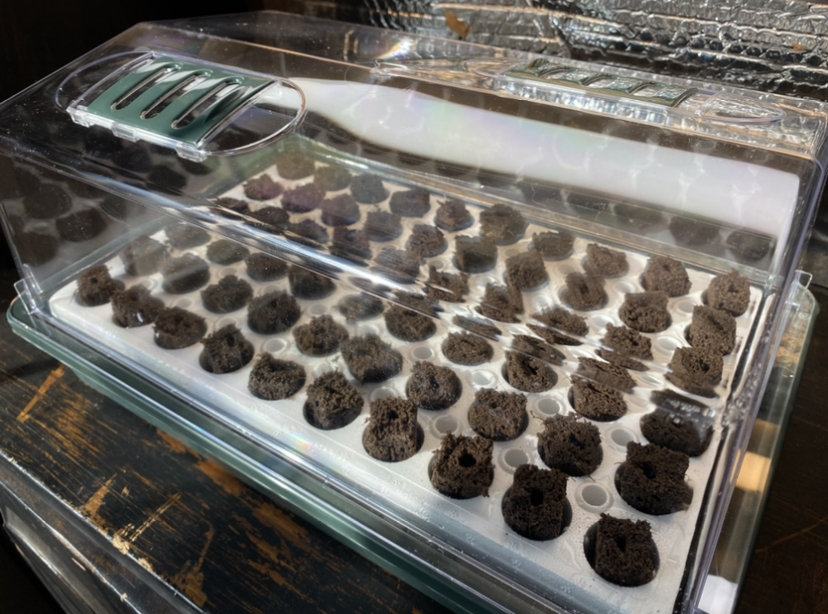
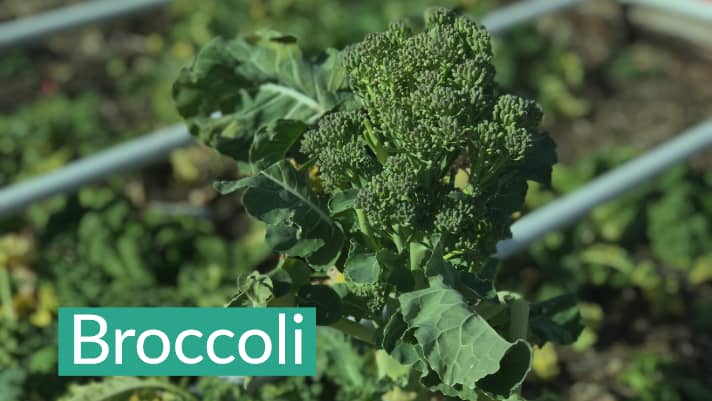

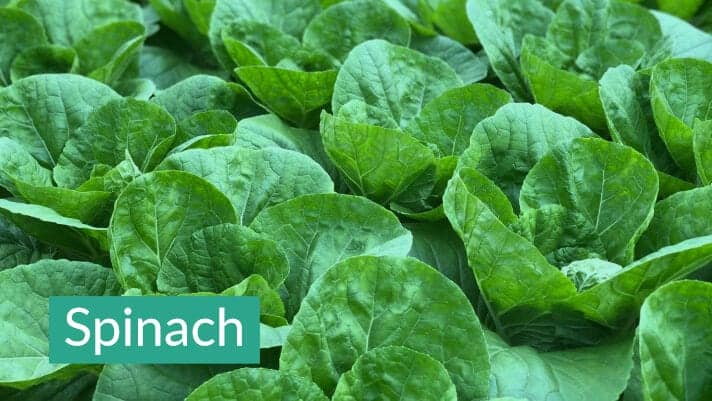
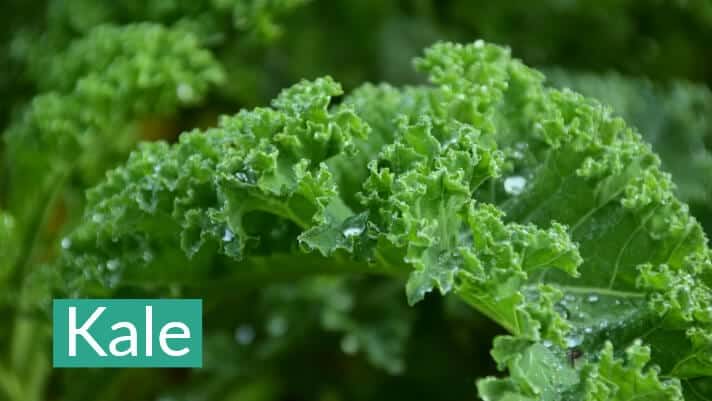









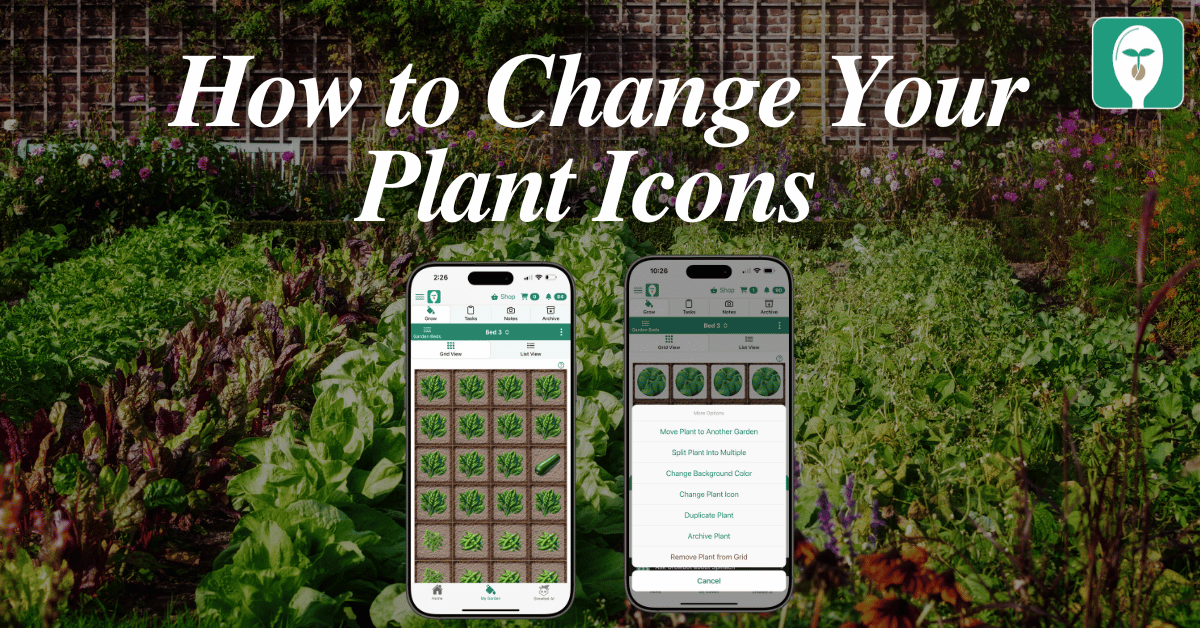


One thought on “Growing Food in February: The Most Common Vegetable Seeds to Start Indoors”
With our long growing season, we sow most seed directly into the garden. However, because of snails, and other ‘wildlife’, it is best to grow tomato, pepper and eggplants into small plants before putting them into the garden. There are a few other vegetable plants that we do the same for; those that we only need a few of, and that do not mind transplant.